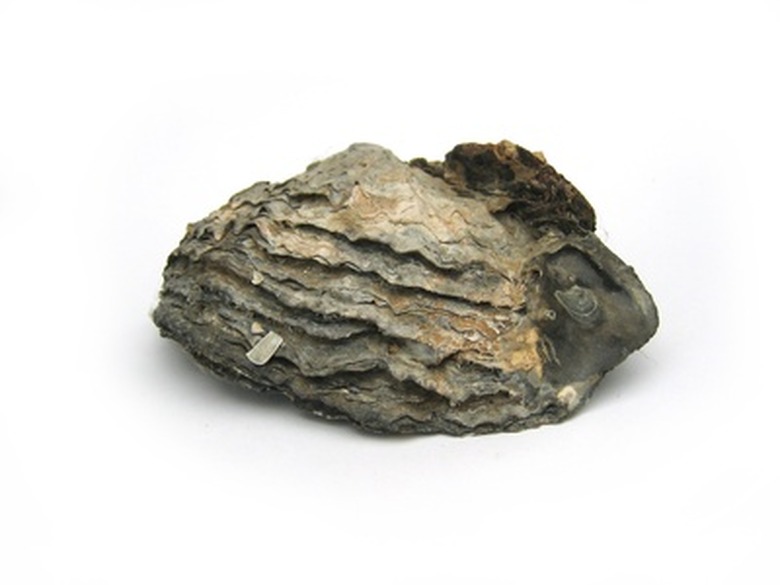How To Take Care Of Oysters
Things Needed
-
Tank
-
Air pump
-
Aquarium light
-
Salt water
Like fish, oysters breathe in water with gills and mantles. The mantle lines up with small blood vessels, taking oxygen from the water and expelling carbon dioxide. Oysters have a small heat with three chambers, which lies under an adductor muscle and pumps colorless blood, supplying oxygen to all parts of the oyster's body. Taking care of oysters does not require much maintenance. Oysters filter water on their own, turning even the most brackish environments into crystal clear waters. Oysters have many nutrients such as protein, carbohydrates, and lipids. They also provide vitamins A, thiamin, riboflavin, niacin, ascorbic acid and calciferol. You can take care of oysters in your home as pets or as a food source.
Step 1
Purchase a tank for the oysters. Many pet supply stores sell various aquariums. A small aquarium is room enough for up to three oysters. Once you have the tank, fill it with salt water. You can buy sea salt tablets from pet supply stores as well. You can also use water from the source of the oyster's origin.
Step 2
Let water settle to room temperature. Oysters need warm water to live. If you want to add a water wall, wait an hour before adding an air pump.
Step 3
Supply oxygen to the tank through an air pump. Pet stores sell air pumps that plug into your wall at home. Oysters need oxygen to live.
Step 4
Place the oysters in the tank and turn on the air pump. Allow the oysters to settle into the environment. Do not clean off the natural material on their shells. Algae may grow but it helps the environment. Use a scraper to clean off the algae from the aquarium walls if you want.
Step 5
Turn on an aquarium light for eight to 12 hours a day to foster more algae growth. The algae and oysters help to filter the water. Oysters take in nutrients from the water and algae by opening slightly. If you notice an oyster opening widely, the oyster might be dead.
